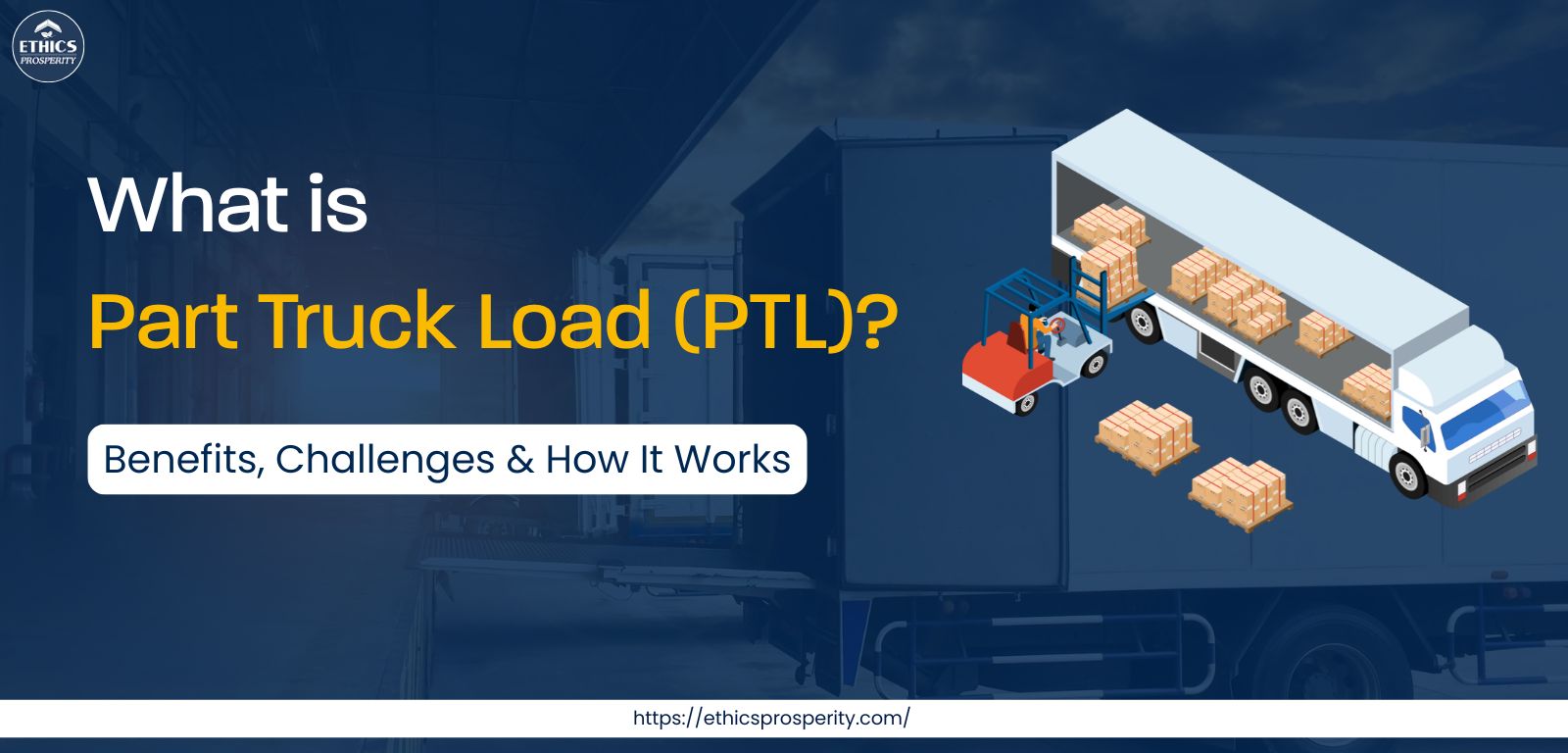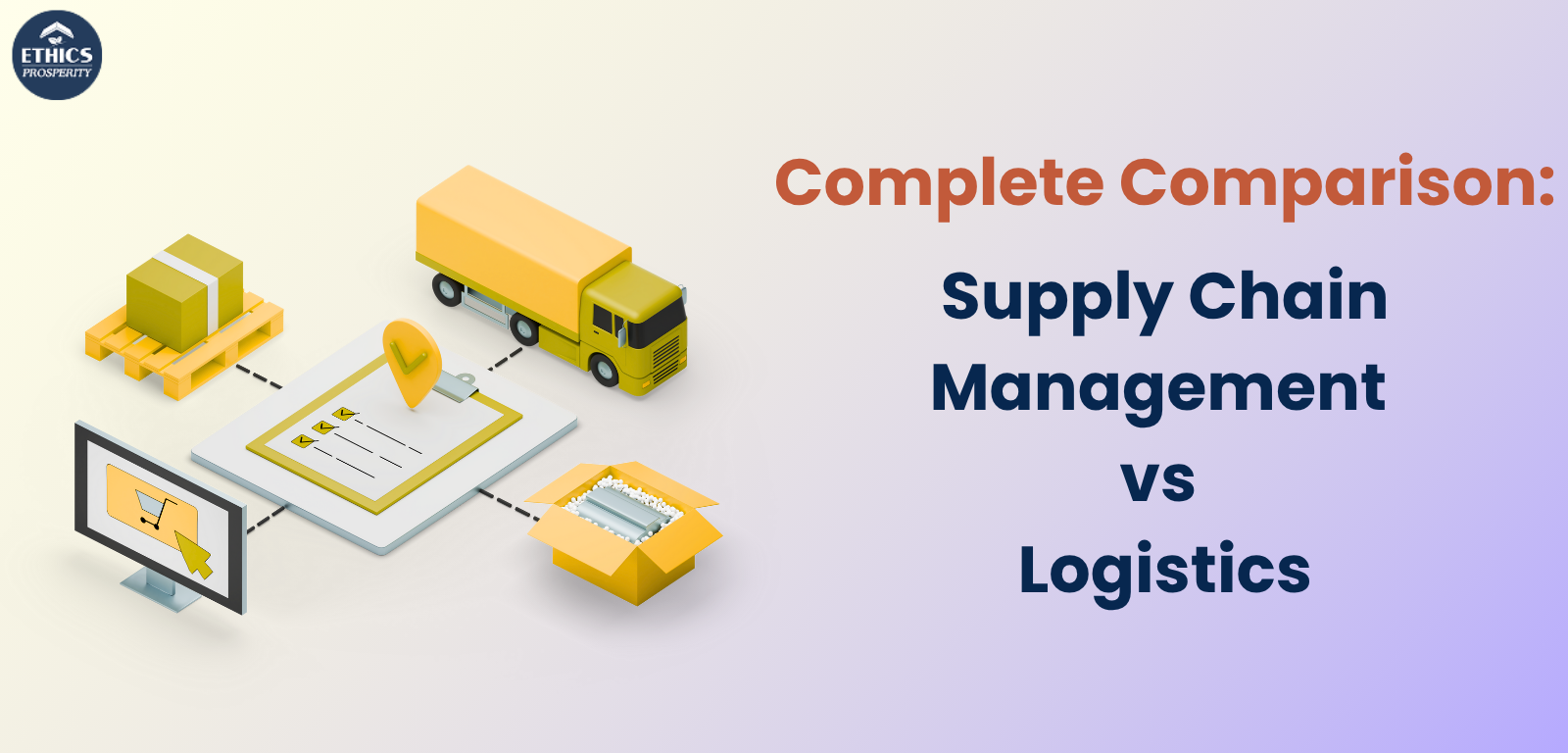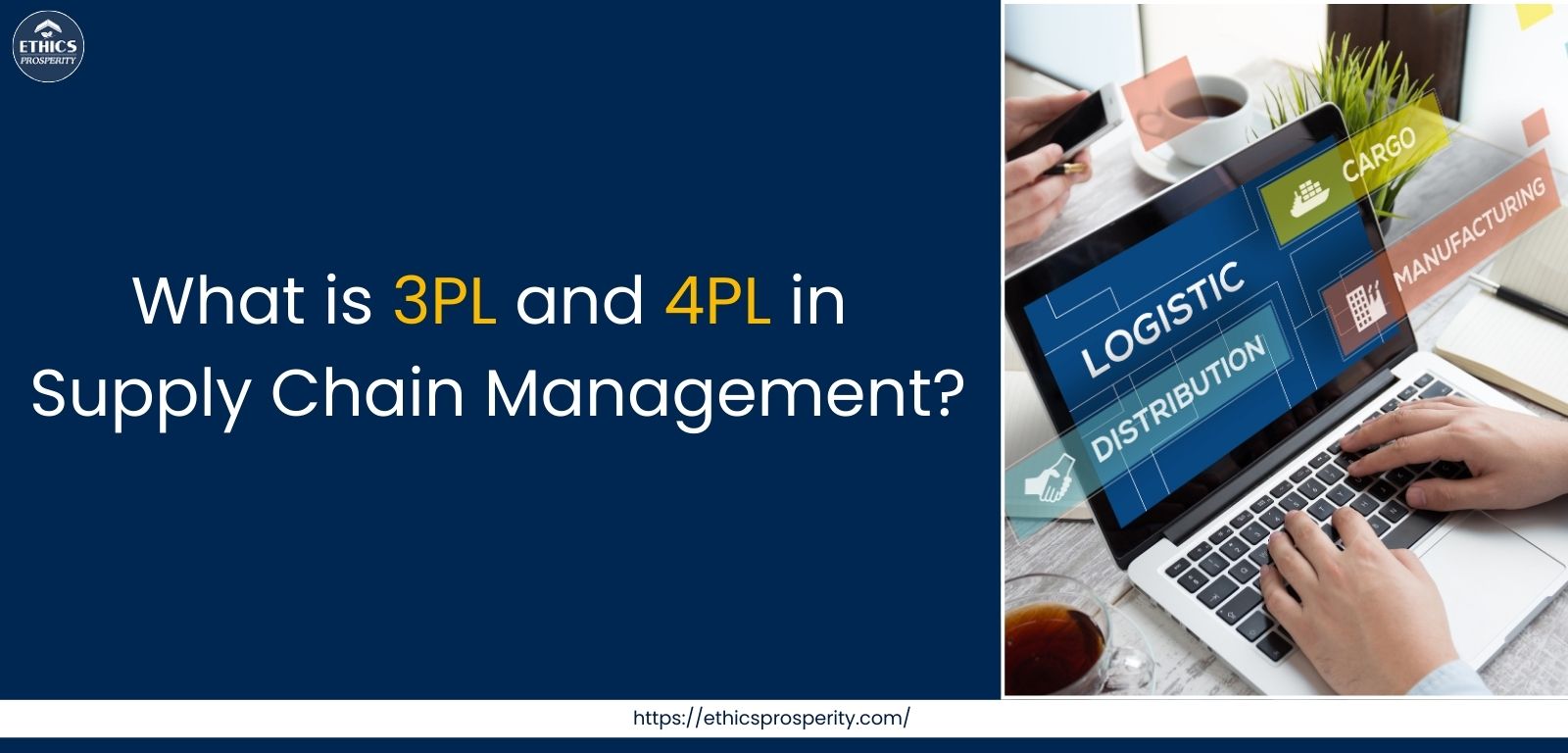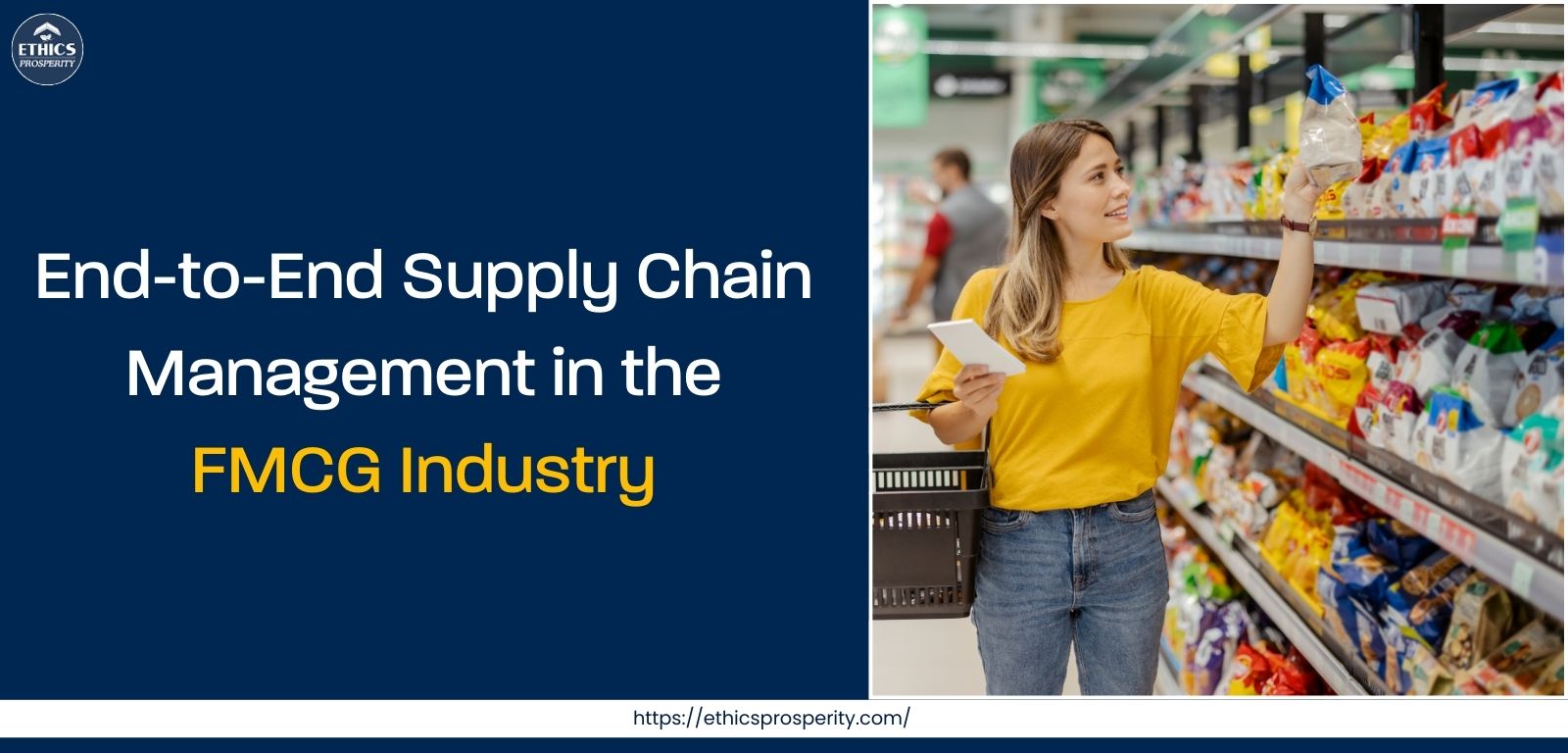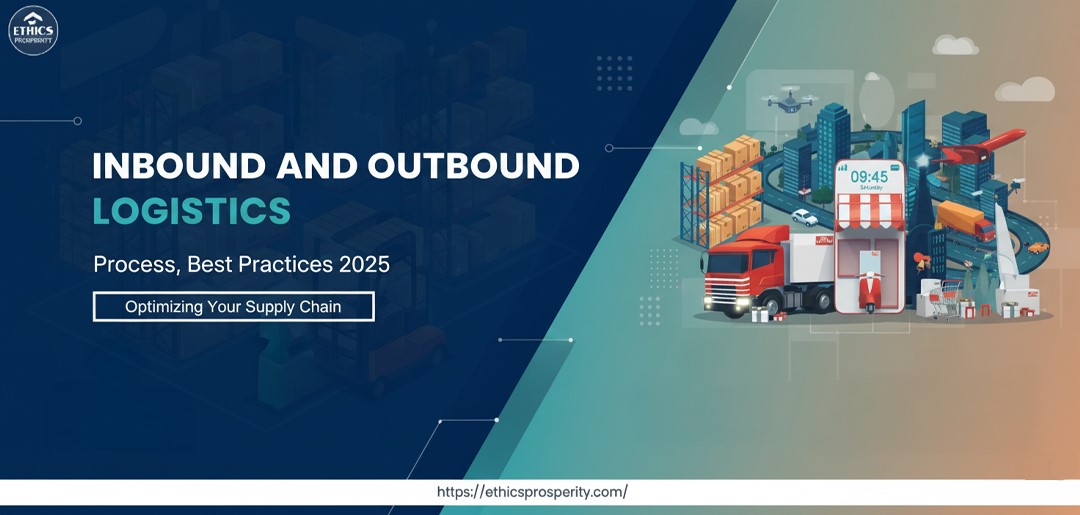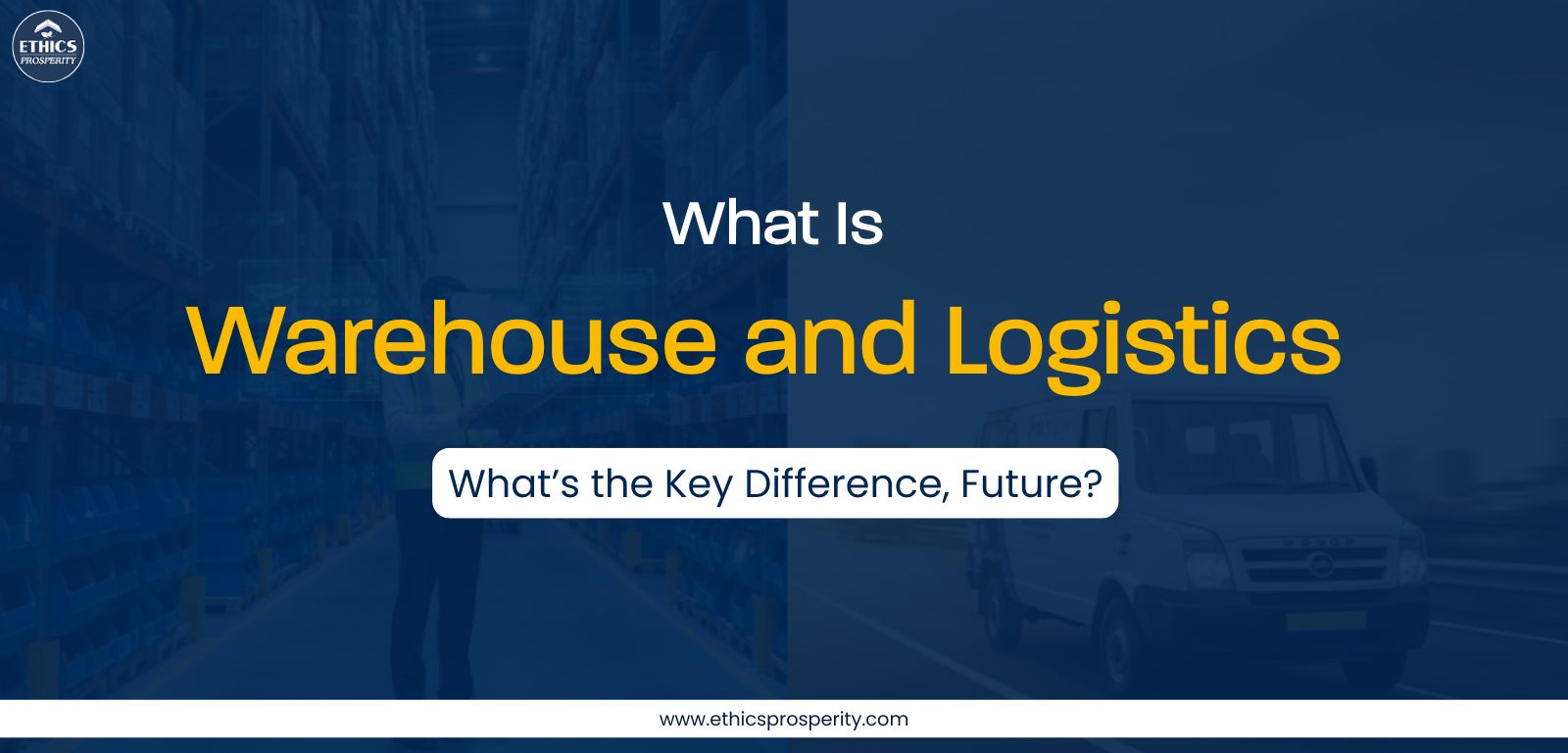For decades, the foundation of ground freight has rested on two extremes: Full Truck Load (FTL) for maximum volume and Less-than-Truckload (LTL) for minimal packages. However, as the global End-to-End Supply Chain Management landscape has splintered into complex, high-velocity networks, the need for a sophisticated middle-ground solution became imperative. This is where Part Truck Load (PTL) logistics asserts its dominance, evolving from a simple capacity solution into a strategic differentiator for businesses that cannot afford to wait for FTL or risk the damage and delays inherent in LTL hub-and-spoke networks.
As India’s logistics sector evolves with end-to-end supply chain management, PTL logistics services are becoming increasingly important for B2B logistics solutions, e-commerce, FMCG, and manufacturing.
What is Part Truck Load?
Part Truck Load (PTL) is a freight transport solution where multiple shippers share space in a single truck without needing to fill the entire vehicle. Unlike Less-than-Truckload (LTL), PTL usually involves fewer stops, less consolidation, and a more direct route.
This makes part load transport ideal for shipments that are too large for courier services but don’t justify booking an entire truck.
Key Characteristics:
Cargo from 500 kg to 5 tons typically suits PTL.
Fewer touchpoints compared to LTL, reducing damage risks.
Lower costs compared to FTL for mid-volume shipments.
How Does PTL Shipping Work?
The mechanics of PTL logistics service are centered around intelligent consolidation and minimized 'touchpoints.'
Demand Aggregation: Shippers approach a ptl logistics service provider with loads typically ranging from 8 to 18 pallets or 5,000 to 27,500 pounds.
Optimized Planning: The carrier uses advanced routing software to group multiple PTL shipments destined for similar geographic regions onto a single truck.
Direct Transport: Crucially, the PTL vehicle operates on a simplified route with minimal stops for pickup and delivery, avoiding the lengthy sorting processes of the LTL hub-and-spoke model. The freight is loaded once and is rarely, if ever, transferred mid-route.
Pricing Advantage: The cost of the trailer space and the driver's time is strategically split among 2 to 4 shippers, providing significant cost savings compared to booking the entire FTL vehicle.
This method ensures superior security and speed, positioning Part Truck Load Logistics as a high-value offering within B2B distribution channels.
Benefits of Using Part Truck Load Services
1. Cost-Effectiveness
For shipments in the 6 to 18 pallet range, PTL offers an undeniable cost advantage over FTL, as you only pay proportionally for the linear feet or space occupied. This cost-sharing structure is invaluable for Micro, Small, and Medium Enterprises (MSMEs) and Quick Commerce Companies in India seeking to reduce their logistics spend, which often runs higher than in developed nations.
2. Space Optimization
PTL ensures maximum utilization of assets. By filling otherwise empty capacity, it eliminates the costly waste associated with FTL’s mandatory one-way booking. From an environmental standpoint, consolidating loads reduces the overall number of trucks on the road and decreases fuel consumption per delivery, aligning with sustainable logistics practices.
3. Flexibility
Part Load Transport provides crucial flexibility for businesses with fluctuating demands. Unlike LTL, PTL capacity is often more direct, reducing the waiting time required to fill a standard LTL carrier's route. This adaptability supports leaner inventory models by enabling frequent, smaller shipments, avoiding the pitfalls of overstocking and improving cash flow.
4. Improved Transit Times
The absence of cross-docking and terminal transfers drastically reduces transit time and improves predictability. For companies managing perishable goods or demanding delivery deadlines, PTL's faster, more direct routing is a decisive factor, often shaving 1 to 3 days off LTL transit times. This reliability is paramount for successful Last Mile delivery operations that depend on timely replenishment.
Drawbacks of Using Part Truck Load Services
While PTL logistics is beneficial, there are limitations:
Limited Control: Shippers share space, reducing exclusivity.
Risk of Delays: Coordination among multiple shippers can cause scheduling challenges.
Less Suitable for High-Value Cargo: Sensitive goods may require FTL security.
Challenges of PTL (Part-Truck-Load)
While PTL offers compelling benefits, shippers must be acutely aware of its inherent challenges to ensure smooth operations.
1. Availability of Carriers
Due to the need for specific regional consolidation and specialized routing, securing PTL capacity can sometimes be more challenging than LTL, especially during peak seasons.
Mitigation: Cultivate strong, long-term partnerships with established Warehouse Companies in India and leading PTL carriers that have a broad, reliable network and access to Custom Warehousing facilities for seamless trans-shipment planning.
2. Pricing Variability
PTL pricing is typically based on market rates, mileage, and volume/linear foot occupied, rather than the standardized freight classification codes used in LTL. This market dependency can lead to volatility.
Mitigation: Implement AI-driven freight auditing systems to track and benchmark PTL rates dynamically. Negotiate dynamic pricing agreements based on volume commitments, rather than relying on static rate sheets.
3. Limited Tracking Options
Although PTL minimizes transfers compared to LTL, the fact that multiple shippers’ goods are sharing the same trailer still introduces a risk of damage if loads shift during transit. This risk is notably higher than FTL.
Mitigation: Enforce stringent Warehouse Management protocols, particularly regarding packaging and palletization. Require carriers to use load bars and bulkheads to secure loads. For high-value or fragile goods, verify the carrier's cargo insurance coverage and claim history.
4. Scheduling Complexities
Since a PTL truck typically serves several customers, the delivery schedule is dependent on all required pickups and drops. This can lead to unpredictable delays, making PTL less suitable than FTL for ultra-time-sensitive freight.
Mitigation: Utilize carriers offering robust real-time tracking (GPS/IoT) and integrate this data into your ERP system. When managing returns, consider how Reverse Supply Chain processes can leverage PTL's network efficiently, even if it requires slightly flexible timing.
When to Choose Partial Truckload?
1. Specific Cargo Needs
Ideal for medium-volume loads (500 kg–5 tons).
Suits durable goods less prone to damage.
2. Distance Considerations
Cost-effective for mid- and long-distance shipments.
Regional movements benefit most from PTL.
3. Cost-Benefit Analysis
PTL reduces underutilization costs compared to FTL.
More economical than premium LTL or courier solutions for mid-sized loads.
PTL in the Bigger Picture of Supply Chain
Part truck load logistics fits into the broader ecosystem of inbound and outbound logistics by bridging supply with demand more efficiently.
For example:
Inbound PTL: Moving raw materials from suppliers to factories.
Outbound PTL: Delivering finished goods to wholesalers or distribution hubs.
Part truck load transport is more than a cost-saving alternative—it’s a flexible, scalable solution that balances efficiency and affordability. As businesses adapt to dynamic market needs, PTL service providers in India are playing a crucial role in strengthening supply chain companies in India and enabling smarter order fulfillment processes. From SCM vs logistics debates to the integration of reverse supply chain practices, PTL complements modern logistics by improving utilization, lowering costs, and supporting resilience. For industries navigating quick commerce vs e-commerce models, PTL remains an essential tool to optimize resources, ensure timely deliveries, and stay competitive in the evolving world of logistics.
